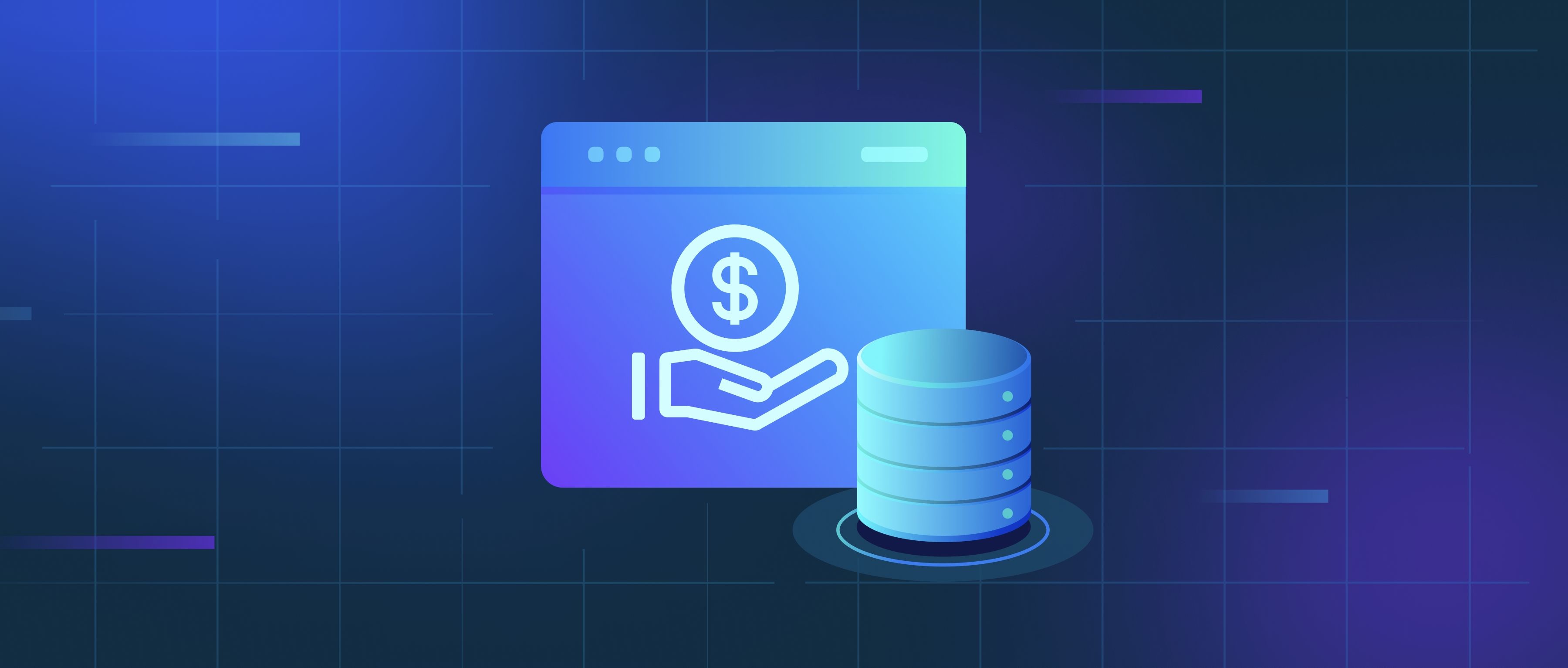Implementing a zero-downtime disaster recovery (DR) strategy involves preparing systems so that they can continue operating without interruption, even in the face of system failures or disasters. Firstly, organizations need to establish a reliable backup system that continuously syncs data between primary and secondary environments. This can be achieved using active-active or active-passive configurations. For instance, in an active-active setup, two data centers serve traffic simultaneously, ensuring that if one fails, the other can seamlessly take over with minimal or no interruption for users.
Next, organizations must leverage automated failover mechanisms. This means setting up systems and software that can automatically detect a failure and switch control to the backup systems. Developers can implement this using load balancers that intelligently direct traffic to healthy instances. Tools such as Kubernetes can also help manage containerized applications, allowing for automatic scaling and failover between different nodes in case of a node failure. Additionally, continuous monitoring of system health is crucial. This involves regularly testing the failover processes through drills and simulations, ensuring that everything works as intended without impacting the live system.
Finally, effective communication and documentation are essential. All developers should be familiar with the disaster recovery processes and know their roles during an incident. This preparation includes creating clear runbooks that outline the steps to respond to different scenarios. Furthermore, organizations can employ version-controlled, automated deployment strategies such as Infrastructure as Code (IaC), enabling quick recovery and consistent environments across all instances. By focusing on these aspects, organizations can create a robust zero-downtime disaster recovery strategy that minimizes disruptions and ensures continuity of service.
